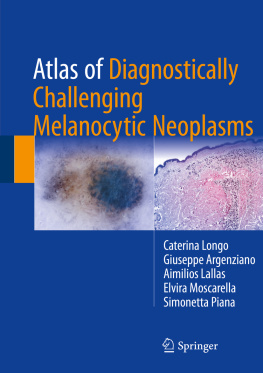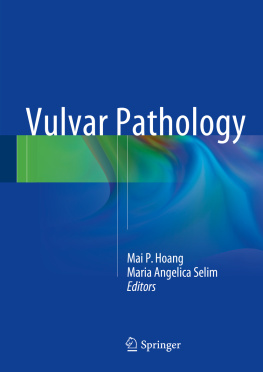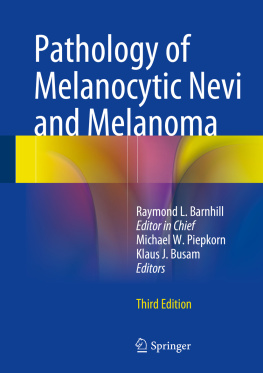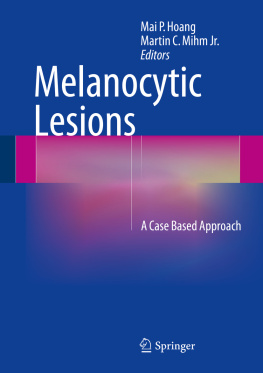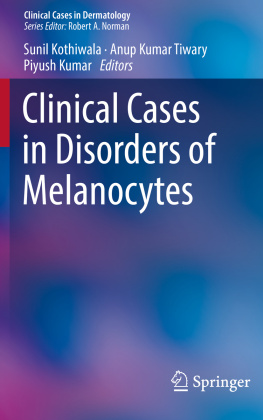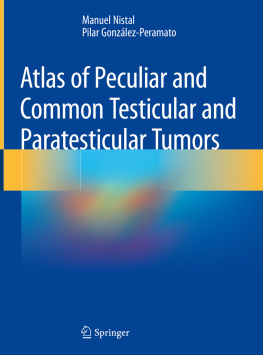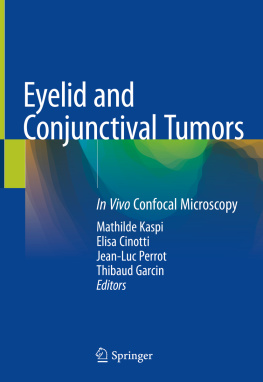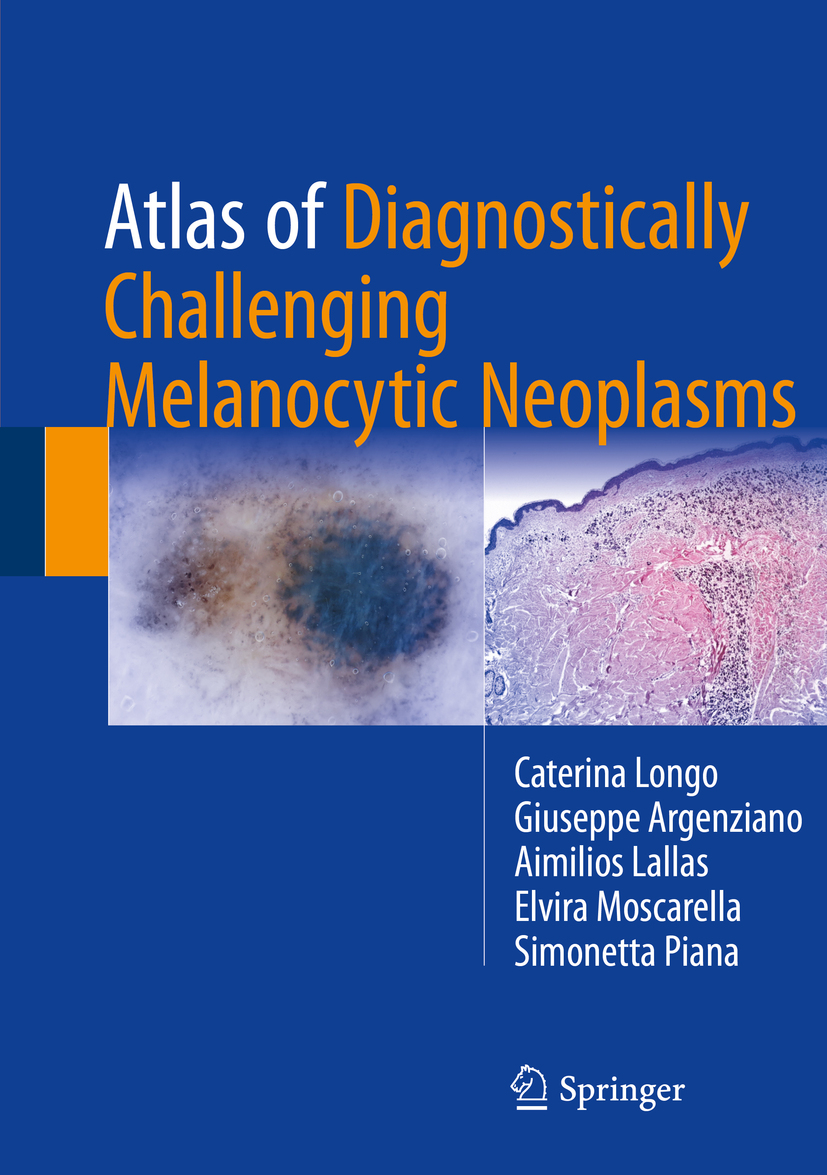Caterina Longo , Giuseppe Argenziano , Aimilios Lallas , Elvira Moscarella and Simonetta Piana
Atlas of Diagnostically Challenging Melanocytic Neoplasms
Caterina Longo
Dermatology and Skin Cancer Unit, Arcispedale Santa Maria Nuova-IRCCS, Department of Dermatology, University of Modena and Reggio Emilia, Reggio Emilia, Italy
Giuseppe Argenziano
Dermatology Unit, University of Campania, Naples, Italy
Aimilios Lallas
First Department of Dermatology, Aristotle University, Thessaloniki, Greece
Elvira Moscarella
Dermatology and Skin Cancer Unit, Arcispedale Santa Maria Nuova-IRCCS, Reggio Emilia, Italy
Simonetta Piana
Pathology Unit, Arcispedale Santa Maria Nuova-IRCCS, Reggio Emilia, Italy
ISBN 978-3-319-48651-2 e-ISBN 978-3-319-48653-6
https://doi.org/10.1007/978-3-319-48653-6
Library of Congress Control Number: 2017955686
Springer International Publishing AG 2018
This work is subject to copyright. All rights are reserved by the Publisher, whether the whole or part of the material is concerned, specifically the rights of translation, reprinting, reuse of illustrations, recitation, broadcasting, reproduction on microfilms or in any other physical way, and transmission or information storage and retrieval, electronic adaptation, computer software, or by similar or dissimilar methodology now known or hereafter developed.
The use of general descriptive names, registered names, trademarks, service marks, etc. in this publication does not imply, even in the absence of a specific statement, that such names are exempt from the relevant protective laws and regulations and therefore free for general use.
The publisher, the authors and the editors are safe to assume that the advice and information in this book are believed to be true and accurate at the date of publication. Neither the publisher nor the authors or the editors give a warranty, express or implied, with respect to the material contained herein or for any errors or omissions that may have been made. The publisher remains neutral with regard to jurisdictional claims in published maps and institutional affiliations.
Printed on acid-free paper
This Springer imprint is published by Springer Nature
The registered company is Springer International Publishing AG
The registered company address is: Gewerbestrasse 11, 6330 Cham, Switzerland
Preface
I must definitely applaud the original idea of Caterina Longo of producing this atlas, which is a superb collection of cases outlining the diagnostic challenges we are facing every day with melanocytic tumors. For clinicians managing patients with melanoma, it is clear-cut that differentiating melanoma from benign melanocytic lesions can be very difficult at times. In the last 20 years, the practice changed dramatically because of the introduction of new tools for the preoperative diagnosis. Especially the introduction of dermoscopy and confocal microscopy allowed clinicians to improve their ability to recognize the many faces of melanocytic tumors with a quasi-histopathologic accuracy. However, there is a group of lesions that still are difficult to diagnose because of their equivocal clinical and/or histopathologic features. In these cases, only a careful clinic-pathologic correlation is the method to rich more closely the final diagnosis and, thus, the correct patient management. What I learned in the last 20 years is that nobody has 100% diagnostic accuracy, neither the clinician nor the pathologist. In difficult cases only an open-minded discussion among clinicians and pathologists is able to make the difference. Only by integrating all the possible information, the history, the clinical data, and the histopathologic features might we reach a more reasonable management of our patients. The aim of this book is indeed to illustrate this method, the clinic-pathologic correlation of difficult cases!
Giuseppe Argenziano
Naples, Italy

